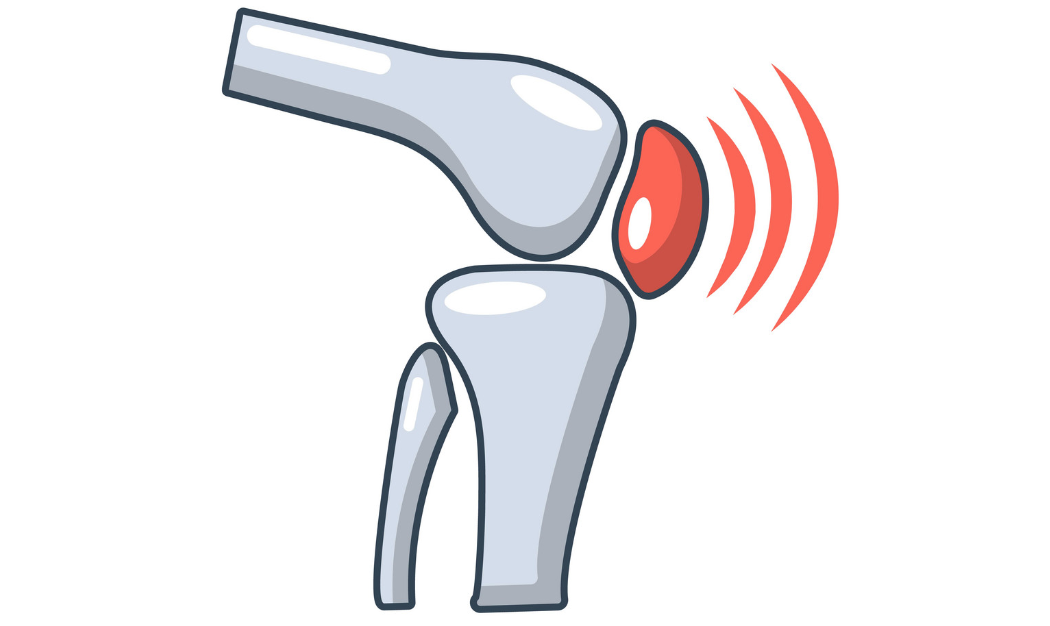With today’s proliferation of high-intensity sports, the number of knee injuries in North America over the past decade has skyrocketed. Since knee injuries vary depending on a person’s sport, age, and sex, different people may experience different knee injuries in their lives.
Shawn Robbins, a professor in the School of Physical and Occupational Therapy, explained that certain sports carry a higher risk of knee injuries, such as anterior cruciate ligament (ACL) tears.
“For women, the sports that have the highest rates of ACL injury are soccer and basketball,” Robbins said in an interview with The McGill Tribune. “For men, it is football, lacrosse, and soccer.”
The most common knee injuries today are sprains and strains, which are injuries to ligaments and muscles, respectively. Nearly half of these occur from recreational or competitive sports activity. More severe knee injuries occur when a ligament is torn, or when there is a fracture at the joint’s surface. Certain symptoms usually indicate a sprain: A popping sound at the moment of injury, pain and swelling around the knee, and knee instability.
One of the most common serious knee injuries in sports is a rupture, or tear, of the ACL. As one of four primary ligaments in the knee, the ACL provides stability to the joint and helps to keep the body properly orientated and stable. ACL injuries can range from a sprain to a complete tear and are classified as contact—the result of coming into contact with a person or object—or non-contact.
In general, women have more frequent non-contact ACL ruptures, likely due to factors including differences in strength, hormones, and anatomy. Many ACL tears require reconstructive surgery that uses the patient’s own tissue or donor tissue.
“If it is completely torn, the recovery time could be months,” Robbins said. “If you have surgery to reconstruct the ACL, typical recovery time is six to 12 months, depending on the sport you play.”
Though less researched, another common knee injury is disruption to the kneecap, or patella. Robbins explained that the biggest cause of patellar injuries are sports with lots of jumping and quick directional changes, such as volleyball, gymnastics, and soccer. Patellar injuries can be as simple as ‘pain behind the kneecap’ and tendinitis, or inflammation of the tendon. They can also be as severe as dislocation and subluxations, which is when the patella moves either partially or completely out of its normal position.
“Often, these injuries are overuse injuries, including tendinitis,” Robbins said. “Patella subluxations and dislocations are most common in contact sports, like football or ice hockey.”
‘Runner’s knee’ is another umbrella term for a different group of knee injuries, common among those who run frequently and in women, particularly those with knee arthritis. However, runner’s knee can also result from any sport that puts frequent and high pressure on the knee joint. The most common form of runner’s knee is chondromalacia patellae, a condition where the cartilage beneath the patella erodes or softens as a result of overexertion improper knee alignment. Symptoms of this condition include knee pain and grinding sensations, as the cartilage has thinned out.
For those who play contact sports such as hockey, football, and soccer, meniscal tears are common. The menisci are smooth layers of cartilage that form a circle around the ACL and posterior cruciate ligament (PCL). Over time, they begin to wear thin, increasing the chance of injury. Damage to the meniscus can also result in damage to the articular cartilage, which lines the ends of the femur and tibia to prevent them from rubbing together. Over time, osteoarthritis, the erosion of the cartilage and underlying bone, can develop, causing knee pain, stiffness, and reduced range of motion.
Taking the time to recover completely from a knee injury is very important. Knees are fragile, and there is always the chance that ‘just one more injury’ could have life-long consequences.









